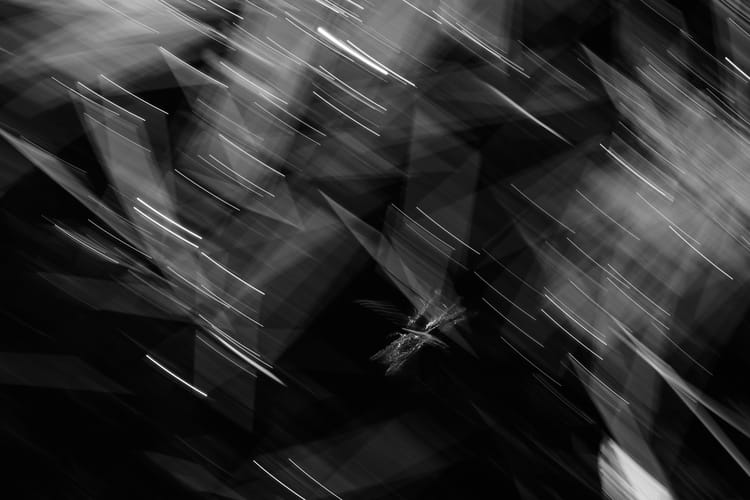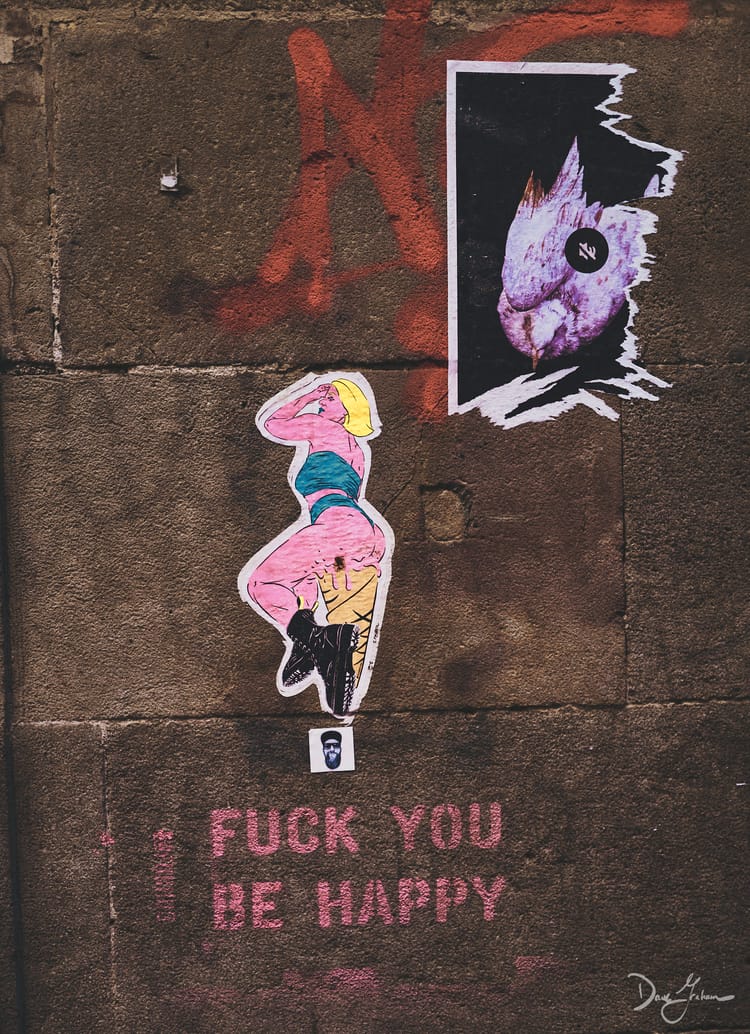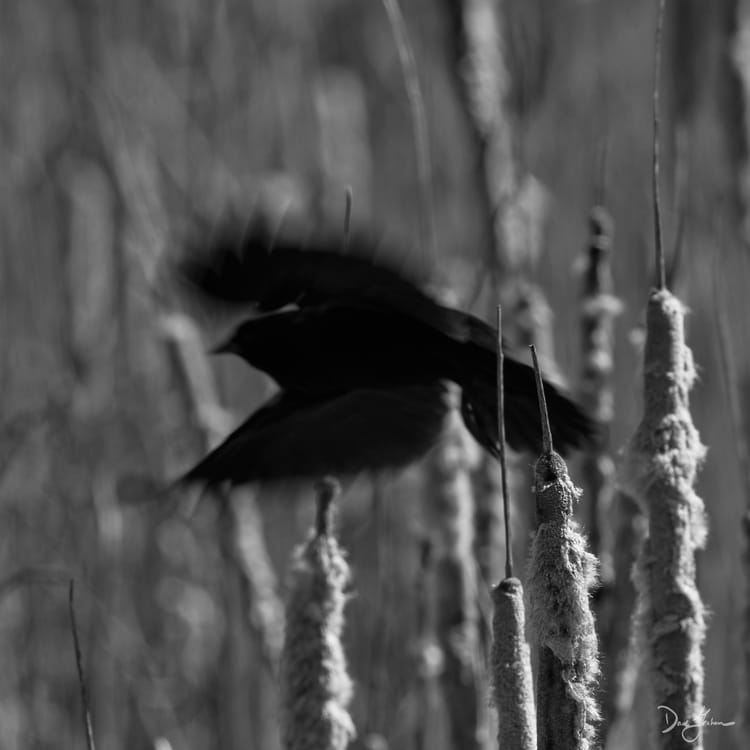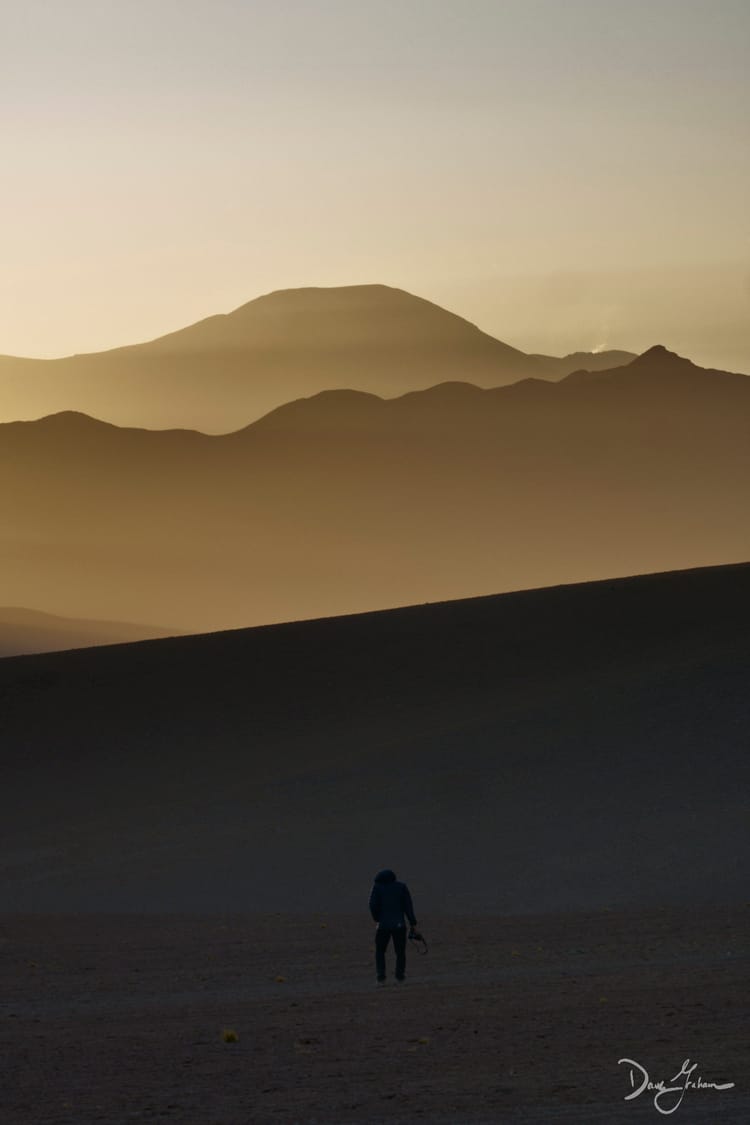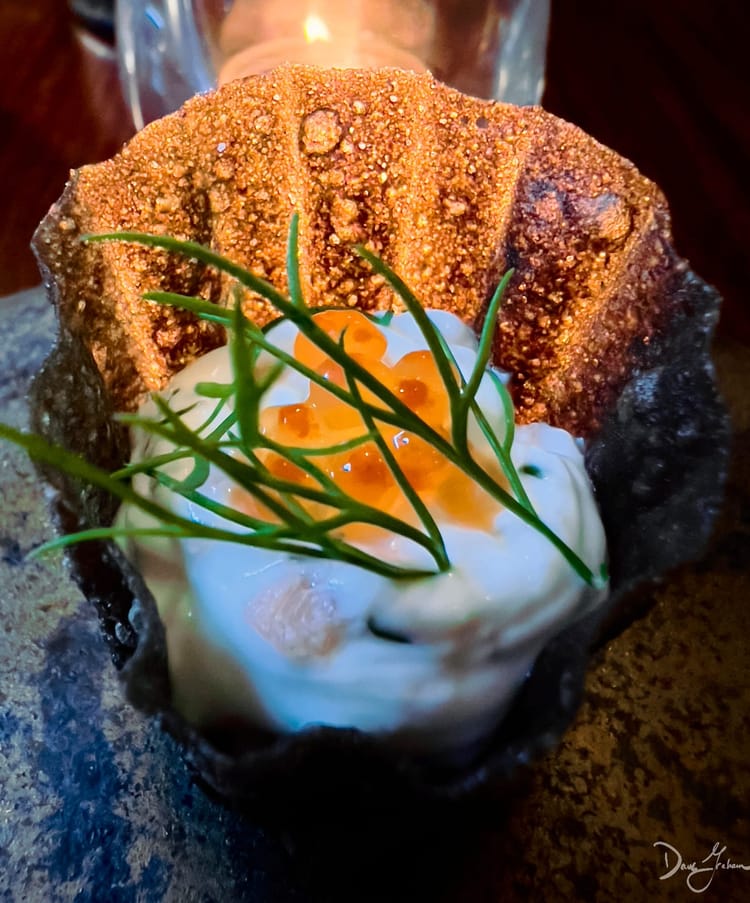A Curious Stroll Through Greenland
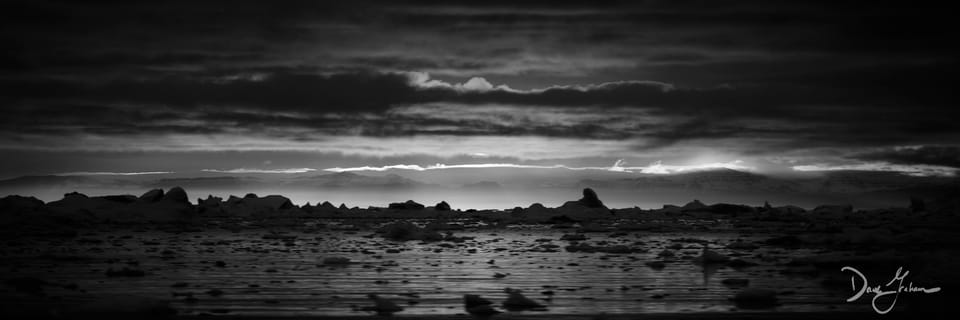
Words, Pictures, and Stories — Part 1
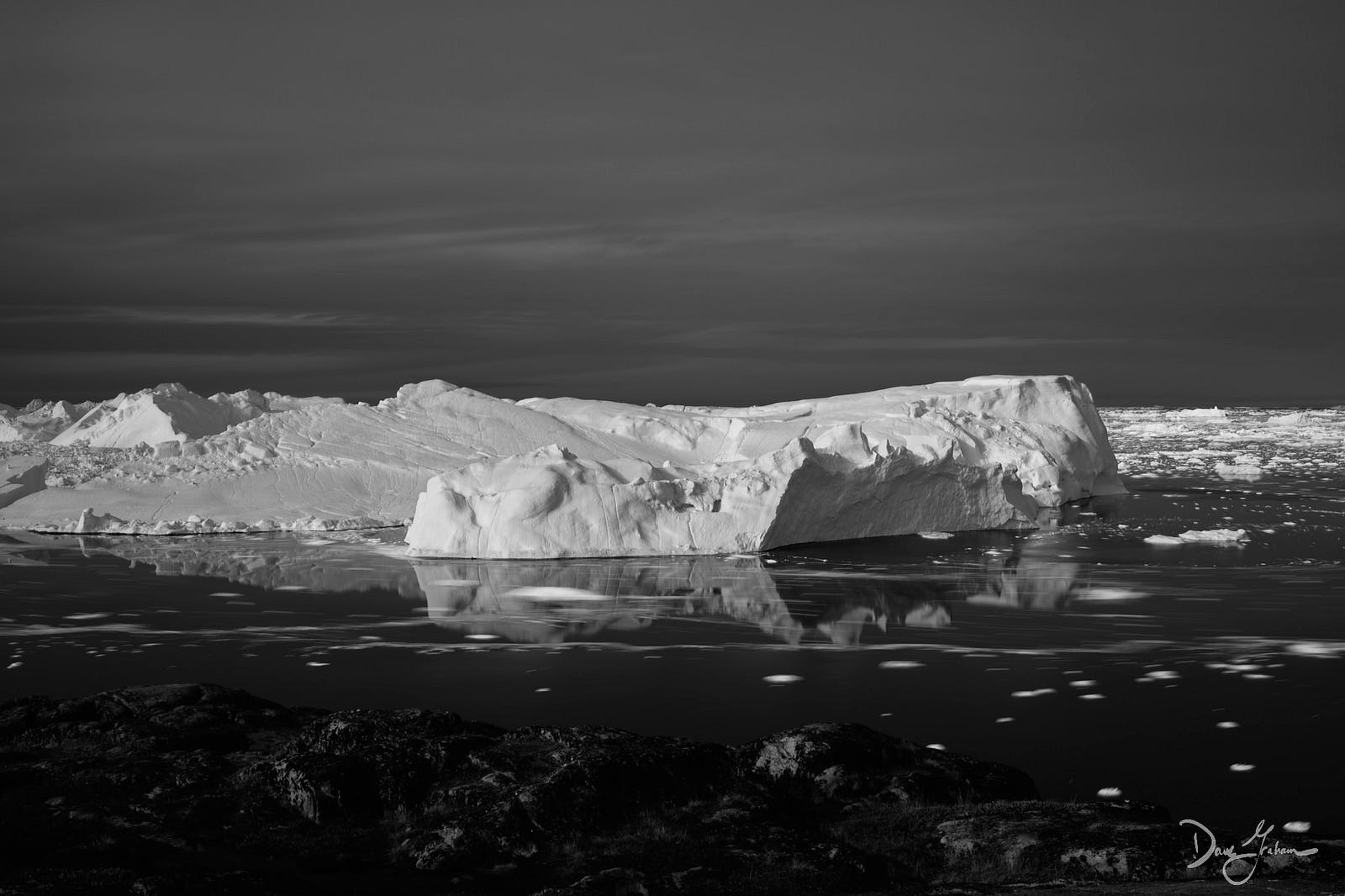
We sometimes marvel at the seen over the unseen, the visible over the mythological, the rudiments over the fancifications.
As we learn from Nature, we see more than meets the eye. Subtle reflections enable us to see deeper, more profoundly; we understand just that much more about how Nature’s systems work together.
Perhaps the artifacts of this interweaving are left intentionally, cast off from Gaia’s train as she twirls in celestial dance. Maybe they’re accidental, collisions of foundational elements in the broad view of insignificant humanity.
Regardless, we have the icebergs to tell us stories of thousands of years and of the whip-crack moments of today. And for this, we should be grateful.
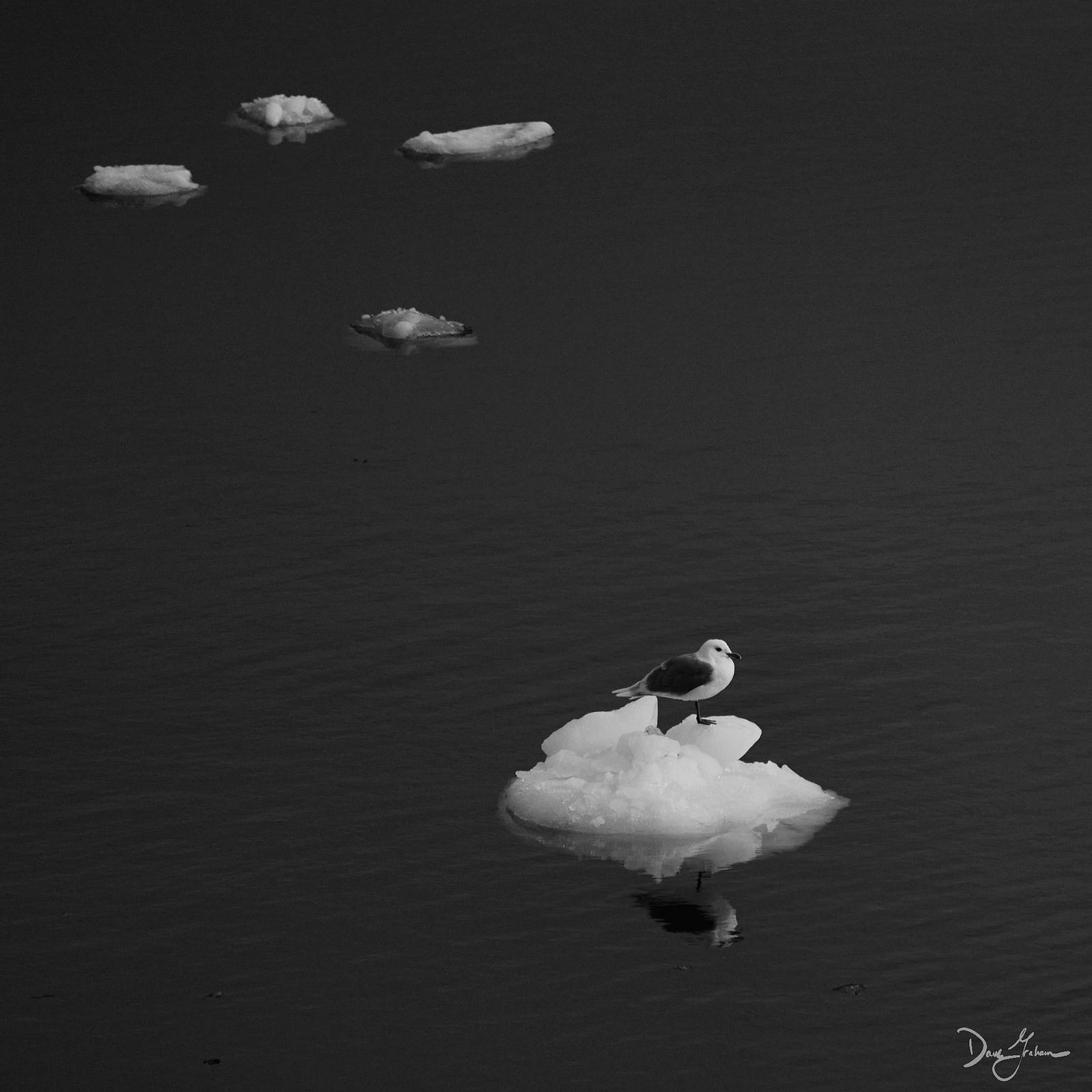
Gulls are underrated. Sure, they’re obnoxious sea rats, barking up every boat, kayak, pontoon, or inflatable with the deafening tones of “Mine!” “Mine!” “Mine!” (as a call back to Finding Nemo, natch), but they also provide an index for health, for mettle, for survival.
You see, beneath their feathery menace and loud noise, they are thoughtful creatures. They would rather put their bulk onto the bergie bits floating in Disko Bay than soar for hours on invisible thermals. Maybe in their tiny brains they’re waiting for that activation point, that tasty cut of Arctic Halibut hanging off a fisherman’s dinghy. Perhaps they’re playing ping-pong with a single brain cell. The possibilities are endless.
Regardless, should you have a moment to capture them in situ, perhaps you’ll have the ability to tell a story of their Nature.

“But Dave, you went all the way to Greenland and you shot sparrows on barbed wire? WHY?!”
As we encroach on Nature, we run into accommodation and adaptation principles. We don’t melt the permafrost and use refrigerants to ensure heat siphoning; we can build solid foundations for housing. We build fences to keep the animals from immolating themselves in gas furnaces, and we can supply steady power to our populations. So on, so forth.
What we often fail to understand is the inevitability of Nature’s relentlessness to accomplish survival. It’s shrikes using the barbs from fences to impale their prey, it’s the elevation of sparrows from the ground to mid-air to see their food, etc. All of this is a means of adaptation and survival.
We forget, most often, how we juxtapose these forces. We assume we’re the conquerors, the pinnacle of evolutionary understanding, and yet, the simplest creatures have survived despite us.
Birds on a wire, then, are just as crucial to understanding humanity in Greenland as the icebergs, other fauna, and flora in the surrounding areas.

Throughout my life, I’ve been part of various educational environments, spanning psychology to technology. By way of background, I am a classically trained therapist and counselor, so my current guise as a marketing director is…divergent, to say the least.
One of the therapeutic regimens that I had occasion to study and work with (and use, no less) was the concept of the Gestalt “empty chair” technique whereby a client has conversations with an entity, being, person, whatever that occupies the empty chair.
Through discourse, this provides a powerful means of laying bare the underlying feelings, thoughts, emotions, and systems that a person experiences. It’s not for everyone and certainly requires a suspension of belief in many cases, but the ends justify the means.
In the world we live in, we crash into the rudiments of our humanity every single second. We converse with the deities of our creation, our pathologies of circumstance and decision, and end up in a place that is overrun with barrenness.
I won’t take credit for this idea here, but framing this empty chair against the flows of ice in Disko Bay allows, perhaps, that momentary understanding that maybe the empty chair is an invitation to listen, to talk, to enjoin community in ways that we haven’t chosen to date.

I’d like to believe in fairy tales. I’d like to believe in the presence of moments driven by ether and magicks, of the interleaving of space and time. I’d like to believe in fairy tales. I’d like to believe in moments driven by ether and magic, where space, time, and mystery intertwine. I’m at a loss to explain the complicity in humans’ cruelty toward each other while still trying to see the hope beyond the visible horizon, and the mystery. I’m at a loss to explain the complicit shittiness of humans to each other at the same time as trying to see the hope beyond the visual horizon.
We spend so much time trying to anthropomorphize Nature and what it is. We ascribe emotions, feelings, actions to it as though it were the embodiment of a greater being, just outside our reach.
I’m the “we” in this story just as much as the next storyteller, mind you. I know I do the same thing. The implicit cruelty of nature is, to us, both galling and offensive. It’s savage in presentation and no less so when we inflict the same violence on each other. And yet, for every tear in our social fabric, there exists somewhere a balm.
These puffs of cotton, wind-swept and woven from light, are perhaps a reminder of hope. You see the seeds nestled within the tendrils of white fluff, rife with potential and purpose. Their ultimate goal is to succeed, to propagate, to become. And even within the violence of winter and ice, they find purpose.
Perhaps we can learn this ourselves and embrace a bit more of what we’re called to be.
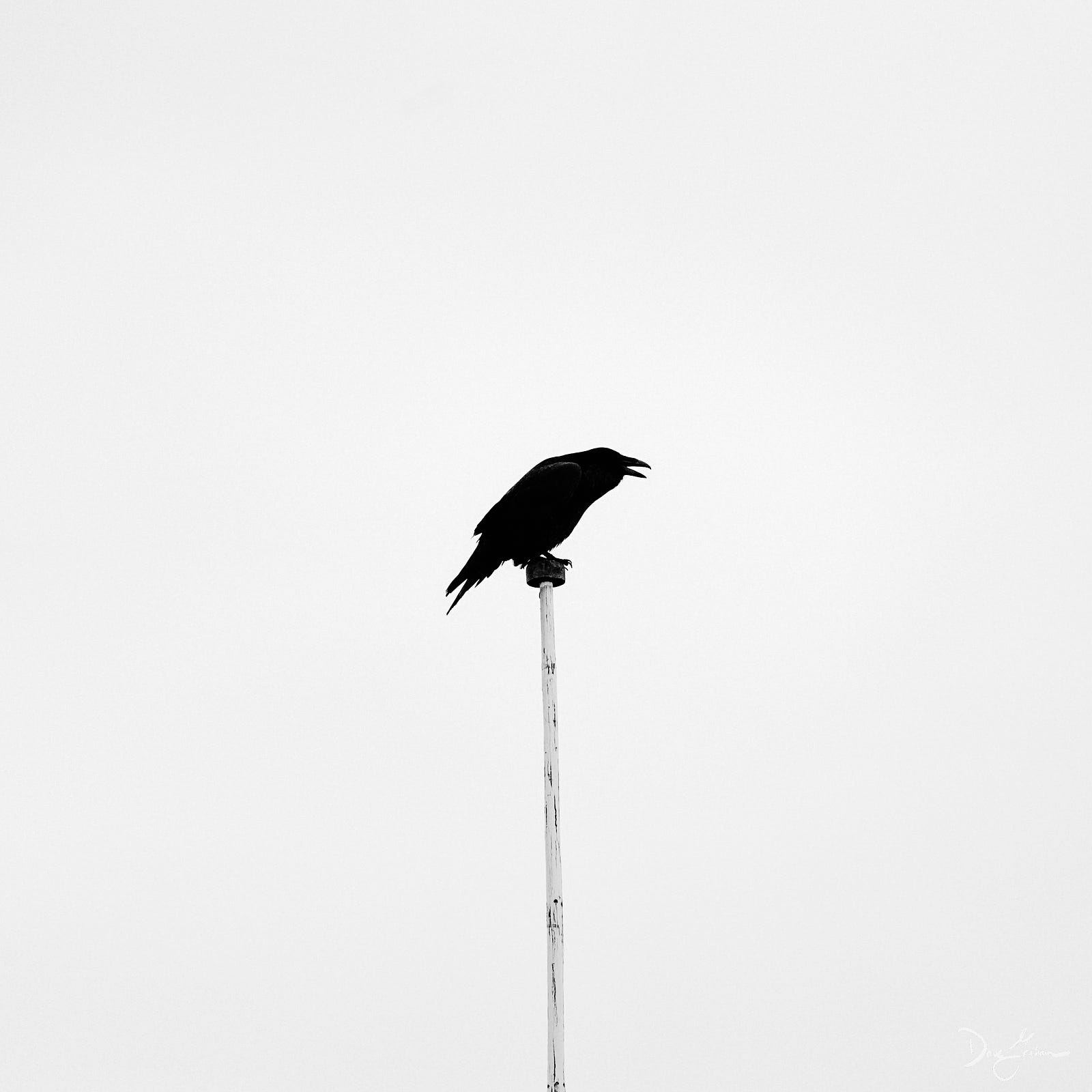
The din of ravens calling to each other is comforting, at least in stark contrast to cobra-chickens (Canada geese, if you must know) or gulls. There’s a throaty underpinning to their vocalizations that speaks to wisdom and curiousity.
I chose ravens as tattoos early in my journey, not only for their mythological significance (messengers, harbingers, etc), but also because there’s an implicit grace to their shape and form.
They are etched from the darkest of obsidian, crafted by chipping away at the rounded edges of stone worn by time. In the correct light, there’s a sheen of prismatic splendour across the leading edge of their wings, a mystical twinkle to their dark eyes.
Ravens are, surprisingly, one of the more playful creatures in the Greenland skies, dashing and diving in the gusts and puffs of wind and spray, ever-present amongst the human chattel they call their own.

There’s always tension. The push and pull of light and dark, good and evil, awareness and ignorance, fire and ice. This tension keeps us alive and provokes the emotive responses that enable us to thread our way carefully through our lives.
Tension isn’t necessarily abrupt or malign. It serves as a delineation, a guardrail, a tickle of awareness for us as we seek to understand cause and effect.
So, too, Nature provides her own embodiment of tension. We see the warming rays of the sun dance across the chilled ice, the sharp crack of just a few molecules, and the sudden excitation that results in explosive calving. We thrive in this environment where the deadly waves are countenanced by the ethereal beauty of what lies before us.
Greenland is this tension, and it's not just due to nature. It’s an embodiment of people and place, of culture and identity, thrust onto the world stage unwillingly because of unconstrained lust for conquest and perceived value.
Would that we, if only for the briefest of moments, stop and think about the tension we’ve wrought over something so fragile and beautiful.
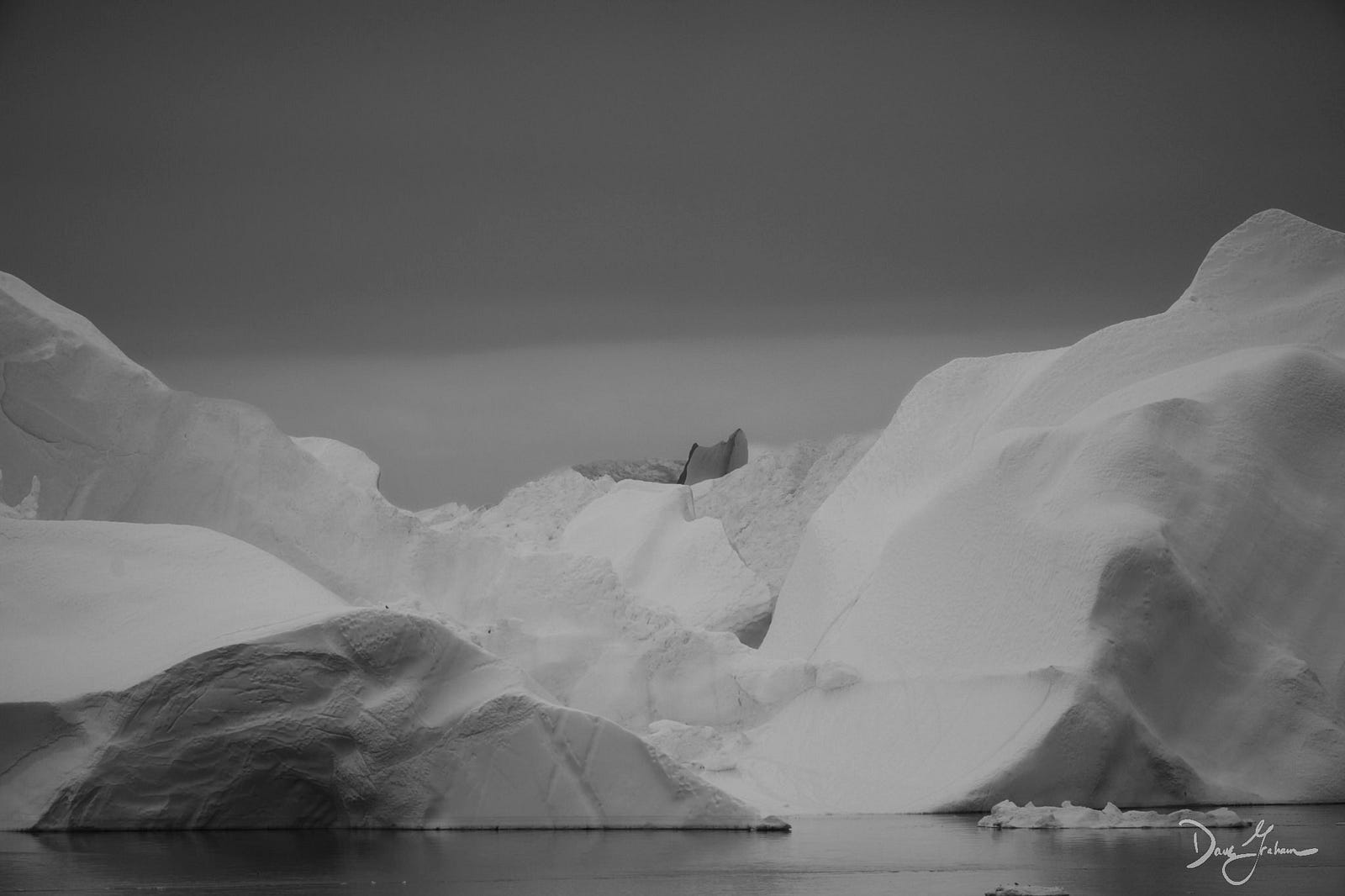
I suppose there’s a looming question about why I choose to shoot in monochrome (or post-process into monochrome) especially since my landscape setup with Sony is very much a colour enterprise.
I am colour blind, with varying degrees of sensitivity to expressions of colour. My wife can attest to this, and, in homage to this fact, I wear grey quite frequently. It’s a cheeky acknowledgement that colours, to me, represent an alternative expression.
Obviously, I SEE colour. I perceive it in different ways than you do. The beauty of a monochromatic expression is that it exchanges the wildly variable for the inherently describable. The gradation of colours persists as shades of grey, gently expressed across the continuum of the scene’s surface. It pulls out nuance and details where colour can overrun and emphasises contrast over boldness.
Monochrome can be a knife’s edge or a soft cloud. It can elevate and denigrate with just a flick of the exposure compensation wheel. For that, I’m eternally grateful to be allowed to present the world in a different light, a different palette, one that is riotous in expression but quiet in colour.

It’s not every day that you have a clear picture of your path from start to finish, an unfettered view of the twists and turns, the rudiments and pitfalls of your journey.
As Fernando Pêssoa wrote:
Beyond the bend in the road
there may be a well, a castle.
There may be simply more road.
I neither know nor ask.
Life has given us the tools to ask, the experience to understand, and the wherewithal to question. We can throw our grey matter at something, chewing over the permutations and possibilities, to achieve a desired outcome. Whether or not that outcome will come to pass is the real challenge.
I suppose, as with anything, our penchant for mind over matter, sense over sensibility, preference over performance has led us to this point. We have idolized (and lionized as well) this end-state, this ethereal goal we wish to make corporeal. And yet, for all our thoughts and prayers, our crass dialogues and violence, we still face the path to get there.
Words must turn to action, must turn to the laying down of boards to boardwalks, of swords to plowshares, should we ever dare to create a world that exists beyond the figments of our machinations and dreams.
Greenland is good for the soul, providing an endless combination of change, condition, mettle, and bone upon which to understand that words alone don’t solve problems.
Perhaps there’s something to learn there. Perhaps we should.
I hope you’ve enjoyed this initial winding path through some of Greenland’s finest terrain as enjoyable as I did. The commentary along the way is just that: words to read, imagine, play with, and think upon. Anything beyond that is welcome, dialogue, conversation, conflict. In the end, should you fail to think or question, I will consider it a failure on my part for the conveyance of ideas and curiousity that could, lord willing, make us so much more human.
May it ever be so.

